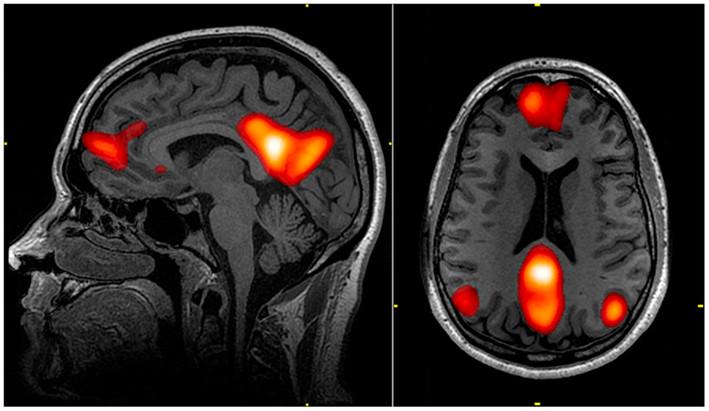FOMO Inside the Brain
When FOMO involves distressing emotions, the stress and limbic systems are activated — namely, the amygdala and the hypothalamus. Social exclusion itself profoundly activates the amygdala and hypothalamus; they are one of the most robust stressors we experience.
Our brains may pull memory files that resurface the painful psychological responses we experienced after missing out on activities we considered pleasurable. This distress modifies the memory system and creates negative memories and emotional states, a process that involves the prefrontal cortex and hippocampus.
21
151 reads
The idea is part of this collection:
Learn more about psychology with this collection
How to start a successful business
How to build a strong team
How to market your business
Related collections
Similar ideas to FOMO Inside the Brain
The Default Mode Network: A Key Brain Region
When we evoke our past or visualize our future, the default mode network region of the brain, which includes areas like the medial prefrontal cortex, are activated.
This is usually when we are relaxed and are letting our minds wander.
Understanding the emotional brain
- The neural circuits in our emotional brain - the limbic system and subconscious memory systems - control our emotional responses in daily life.
- When a stimulus arrives in the brain, it activates either stress-resilient circuits, the internal calmers and healers, or stress-reactive ...
The brain and goal management
The prefrontal cortex of the brain is mainly responsible for goal management. It orchestrates attention, working memory and other cognitive resources to help us get what we want.
For a challenging task, briefly taking our minds off the goal can renew and strengthen motivation. Doing activit...
Read & Learn
20x Faster
without
deepstash
with
deepstash
with
deepstash
Personalized microlearning
—
100+ Learning Journeys
—
Access to 200,000+ ideas
—
Access to the mobile app
—
Unlimited idea saving
—
—
Unlimited history
—
—
Unlimited listening to ideas
—
—
Downloading & offline access
—
—
Supercharge your mind with one idea per day
Enter your email and spend 1 minute every day to learn something new.
I agree to receive email updates

